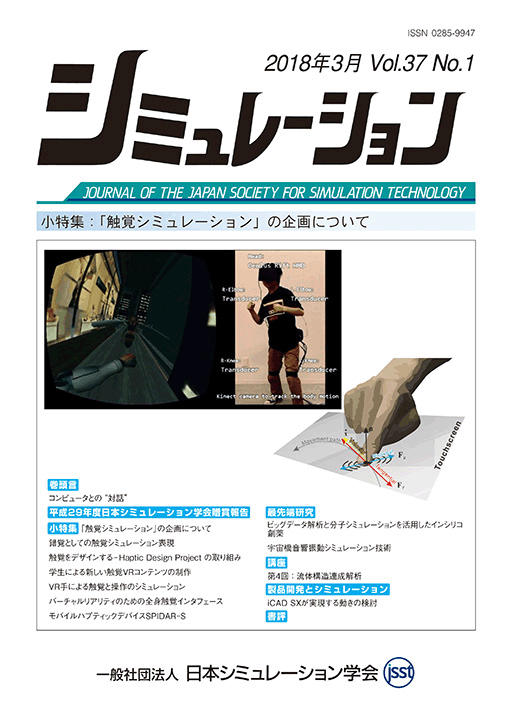Volume 10, Issue 1
Displaying 1-5 of 5 articles from this issue
- |<
- <
- 1
- >
- >|
Paper
-
2018 Volume 10 Issue 1 Pages 1-5
Published: 2018
Released on J-STAGE: February 23, 2018
Download PDF (413K) -
2018 Volume 10 Issue 1 Pages 7-15
Published: 2018
Released on J-STAGE: March 17, 2018
Download PDF (956K) -
2018 Volume 10 Issue 1 Pages 17-24
Published: 2018
Released on J-STAGE: March 17, 2018
Download PDF (682K) -
2018 Volume 10 Issue 1 Pages 25-33
Published: 2018
Released on J-STAGE: April 14, 2018
Download PDF (1706K) -
2018 Volume 10 Issue 1 Pages 35-45
Published: 2018
Released on J-STAGE: May 08, 2018
Download PDF (1744K)
- |<
- <
- 1
- >
- >|
